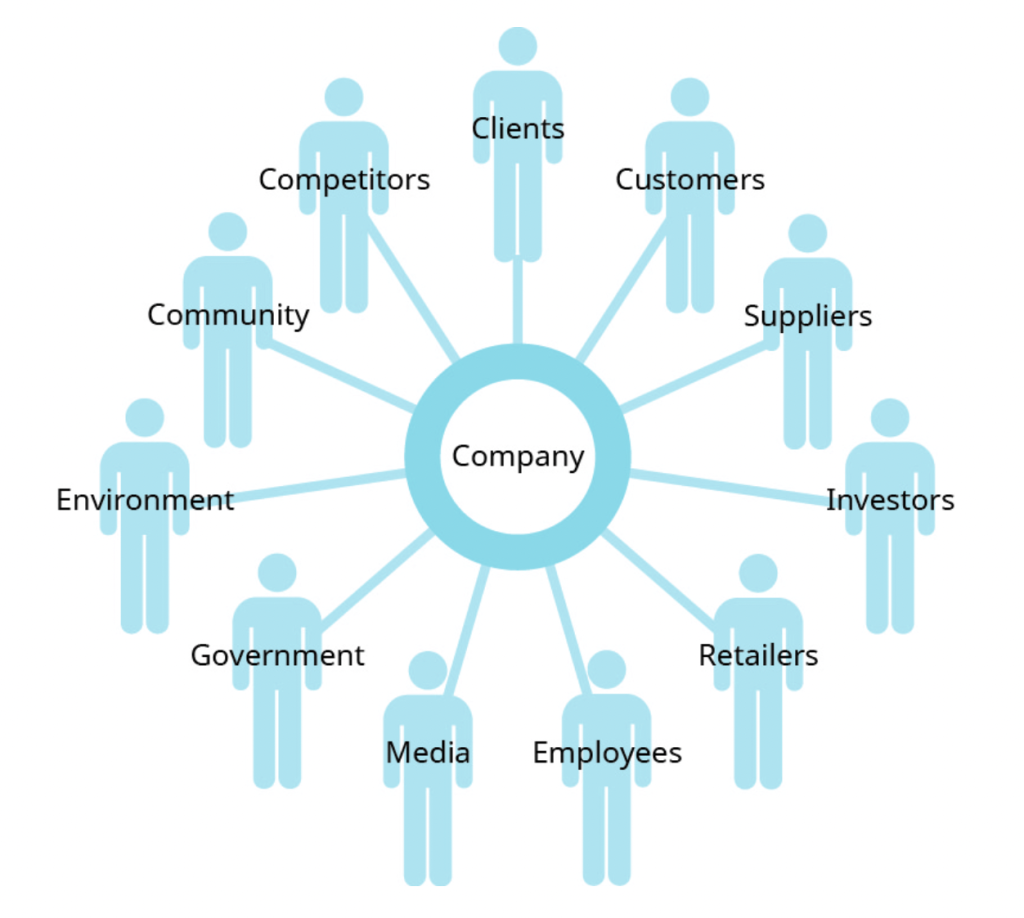1.2 Getting Down to Business
Adapted by Stephen Skripak
A business is any activity that provides goods or services to consumers for the purpose of making a profit. Be careful not to confuse the terms revenue and profit. Revenue represents the funds an enterprise receives in exchange for its goods or services. Profit is what’s left (hopefully) after all the bills are paid. When Steve Jobs and Steve Wozniak launched the Apple I, they created Apple Computer in Jobs’ family garage in the hope of making a profit. Before we go on, let’s make a couple of important distinctions concerning the terms in our definitions. First, whereas Apple produces and sells goods (Mac, iPhone, iPod, iPad, Apple Watch), many businesses provide services. Your bank is a service company, as is your Internet provider. Hotels, airlines, law firms, movie theaters, and hospitals are also service companies. Many companies provide both goods and services. For example, your local car dealership sells goods (cars) and also provides services (automobile repairs). Second, some organizations are not set up to make profits. Many are established to provide social or educational services. Such not-for profit (or nonprofit), organizations include the United Way of America, Habitat for Humanity, the Boys and Girls Clubs, the Sierra Club, the American Red Cross, and many colleges and universities. Most of these organizations, however, function in much the same way as a business. They establish goals and work to meet them in an effective, efficient manner. Thus, most of the business principles introduced in this text also apply to nonprofits.
Business Participants
Let’s begin our discussion of business by identifying the main participants of business.
Participants
Every business must have one or more owners whose primary role is to invest money in the business. When a business is being started, it’s generally the owners who polish the business idea and bring together the resources (money and people) needed to turn the idea into a business. The owners also hire employees to work for the company and help it reach its goals. Owners and employees depend on a third group of participants— customers. Ultimately, the goal of any business is to satisfy the needs of its customers in order to generate a profit for the owners.
Stakeholders
Consider your favorite restaurant. It may be an outlet or franchise of a national chain (more on franchises in a later chapter) or a local “mom and pop” without affiliation to a larger entity. Whether national or local, every business has stakeholders – those with a legitimate interest in the success or failure of the business and the policies it adopts. Stakeholders include customers, vendors, employees, landlords, bankers, and others (see Figure 1.2). All have a keen interest in how the business operates, in most cases for obvious reasons. If the business fails, employees will need new jobs, vendors will need new customers, and banks may have to write off loans they made to the business. Stakeholders do not always see things the same way – their interests sometimes conflict with each other. For example, lenders are more likely to appreciate high profit margins that ensure the loans they made will be repaid, while customers would probably appreciate the lowest possible prices. Pleasing stakeholders can be a real balancing act for any company.

Key Takeaways
- The main participants in a business are its owners, employees, and customers.
- Every business must consider its stakeholders, and their sometimes conflicting interests, when making decisions.
represents the funds an enterprise receives in exchange for its goods or services
represents the funds an enterprise receives in exchange for its goods or services
your local car dealership sells goods (cars) and also provides services (automobile repairs)
invest money in companies
anyone who, like owners, employees, customers, and the communities in which it does business, has a “stake” or interest in it

